
Jatin Mehta, Proud of Indian armed forces..!!
225.9k Views • Upvoted by Biswa Jyoti, Citizen of the Republic of India and Hanif Shaikh,Indian By Heart!
Well,
I have one ace up my sleeve and this is one hell of a brilliant
strategy employed by any army anywhere in the face of adverse
circumstances.
At the
height of the 1965 war, Pakistan's General Ayub Khan made a sinister
plan to capture Amritsar and block supplies to Indian forces in Jammu
and Kashmir by capturing a bridge on River Beas on the road to
Jalandhar. The plan was very strategically devised by the general to
attack India at the weakest spot and to hand it out the worst defeat
ever India could have ever imagined. This task was assigned to "1st
armoured Division", the pride of Pakistani Army. The Pakistani armoured
division was technologically far more superior. They were armed with
more than 300 US-made Patton tanks, regarded as the best of its time.
Most importantly, the initiative was fully with Pakistan. It had chosen
its timing, place and method of launching that war. Its purpose was to
wrest the Kashmir Valley. Its leadership had concluded, quite correctly,
that India's military modernisation was very well under way after the
1962 debacle against China. They were not wrong. Consider these
technological and hardware advantages Pakistan had in 1965, giving it a
clear military edge on the ground. Pakistan's American-made Patton was
by far the best in the subcontinent:
1.
India had too few Centurion heavy tanks (about a half of Pakistan's
Pattons). As a result, the Indian army had to allocate these very
carefully. The rest of India's tanks were Second World War Shermans, and
light French AMXs. In fact, India's defensive brigade which fought the
main Pakistani thrust in Chhamb had only two squadrons of AMXs.
On
8th September 1965, the Pakistani army's (PA) 1st Armored Division (6
tank regiments) and 11th Infantry Division launched a major offensive in
the Khem Karn area of Punjab with more than 220 Patton tanks, composing
about a 3rd of their armored corps. Pakistani army tasted blood early
and they captured Khemkaran. Alarm bells started ringing when the news
of this attack was broken in the army headquarters. After receiving
exaggerated reports of the progress made by a Pakistani armoured column
in the Khem Karan (Amritsar-Firozpur) sector, at 2.30 am
Army Chief General J N Chaudhury, called and spoke to the Lt. general
Harbakhsh Singh and ordered that he should pull back to the line of the
Beas river [1]. Pulling back to the Beas would have meant sacrificing
prime territory in Punjab including Amritsar and Gurdaspur districts and
would have been a far worse defeat than that suffered at the hands of
the Chinese in 1962. Indeed, a catastrophic situation was developing and
it is well said that it's not the machine but the man behind the
machine who wins the war.
Lt. General Harbaksh Singh
Realizing
there is no way his forces can withstand this assault, Lt. Gen.
Harbaksh Singh ordered all Indian formation to withdraw from the path of
the strike force. However, rather than a full withdraw he rearranged
his forces in a U shaped formation around the town of Asal Uttar which
was further into Indian territory. This allowed Indian forces to
surround the invading forces from 3 sides, and retain the option of a
surprise assault on Pakistani forces, as they crossed into the deeper
end of the U formation through Khem Karn totally unopposed. The
Pakistani's were delighted and thought all Indian forces has withdrawn
with several Pakistani officers even stopping for Photo-Ops in
Khemkaran. Then they continued their forward thrust and stopped before
the town of Asal Uttar to start their assault the next day (Both the
Indian and Pakistani tanks didn’t have night fighting capabilities at
that time).
Now the region
around Khem Karn is composed of porous fertile soil and the region is a
major sugarcane growing region of India. During the time of the attack
all the sugarcane fields were mature. The tall sugarcane grass allowed
the Indian forces in the U formation to remain hidden and allow its
tanks to be much closer to the invading forces, blunting the advantage
of the higher range guns of the Patton tanks. However, with its higher
calibre gun and powerful engine the Pattons could still break through
any defensive formation. The Pattons had to be immobilized, somehow !
On the night of September 9th,
Indian troops were told to flood the Sugarcane fields in the path of
the PA formation towards Asal Uttar. Large water tanks as well as water
from a canal were used to flood all the fields. The porous soil of the
sugarcane plantations soaked up all the water like a sponge.
Next
morning, the Pakistani armored division continued its movement. The
Indians waited. Very soon, the forward columns of Patton tanks started
to cross the flooded sugarcane fields. The thick armor makes the Patton a
very heavy tank and very soon due to their excessive weight, the
Pattons started to sink into the ground right up to its turret, in the
spongy porous soil. The flooding of the fields has converted the
sugarcane fields to a swamp. When the forward columns was made immobile,
other tank columns following it could not move ahead. PAs 1st Armored
Division was effectively immobilized ! At this time artillery, infantry
and tanks of 4th Mountain Division commenced a massive fire assault.
Being stuck in the 'swamp', the Pattons were sitting ducks and the
sugarcane field hid the direct source of Indian fire.
At
close range the Patton's armor was unable to withstand the force of the
incoming projectiles and gave away. By the end of the day more than 170
Patton tanks were destroyed or abandoned, and 11 of them were captured
by Indian forces in intact condition. Indian losses stood at 32 tanks.
The
event called the Battle of Asal Uttar, was the largest tank battle
after WW II. This place also got the name as Patton Nagar (Graveyard of
Pattons), and several of these Patton tanks still stand as war trophies
in several Indian army establishment across India today. While Pakistan
still had a superior Air Force, with the advantage of its armor blunted,
Pakistan could never recover leading to its major city Lahore almost
being captured before a cease fire was declared.
The
battle of Asal Uttar is taught as a battle strategy in all major war
colleges in the world. Another significance of this battle was that Gen.
AS Vaidya, who commanded an IA tank regiment as a Lieutenant Colonel
would lead to command the Indian Army. Also Gen. Pervez Musharraf who
became the head of state of Pakistan was also part of this battle as a
Captain, some people say it was the loss here that prompted him to
avenge it in the Kargil War. Also QM Abdul Hamid of Indian Army, was
posthumously awarded India’s highest gallantry award as he destroyed 7
Patton tanks using one recoil-less gun in this battle.
Edit
4: Comments by a war veteran who was part of this war, has really made
my day. Take my Salute sir, We as Indians will always remain indebted to
people like you having the Utmost integrity and nationalism. India is
not due to people like us it is India due to people like you.
Comment by Sir, KK Ramachandran Nair I
was there with 20 Locating Regt LAD as a Radar Tech EME. I still
remember the night India started the fight. Our bunker was flooded with
water above our hip level. We were standing all night ready to change
the location at short notice. Now I am proud to be a part of the fight.
"Goosebumps". Take a bow sir.
Edit 5: Take a bow sir, Pleasure is entirely mine..!!
S Jolly I read with keen interest the Battle of Asal Uttar, I was commissioned in
the same regiment which Late Gen Vaidya commended, It was and is a very
proud honor for the regiment to be part of this epic battle, we as a regiment were conferred with the Battle Honors of the Asal Uttar where we lost some of the bravest officers and men. Nicely captured, thanks.
the same regiment which Late Gen Vaidya commended, It was and is a very
proud honor for the regiment to be part of this epic battle, we as a regiment were conferred with the Battle Honors of the Asal Uttar where we lost some of the bravest officers and men. Nicely captured, thanks.
Edit1 : Thank you, Sameer Malde for pointing the mistake. It is now corrected. Thanks for your input.
Edit 2: Thank you all for this overwhelming response. Thanks for all the upvotes, shares and comments.
Edit
3: Image showing the destroyed/captured PA Patton tanks in the battle
of Asal Uttar. Indeed "Patton Nagar" is rightly called "Graveyard of
Pattons"

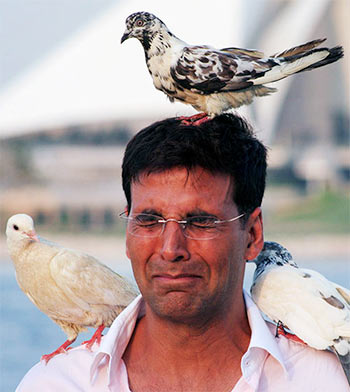
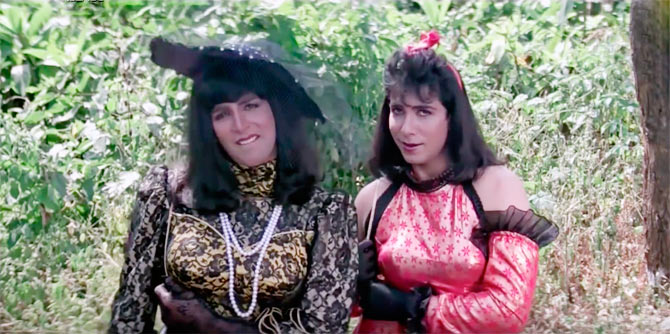


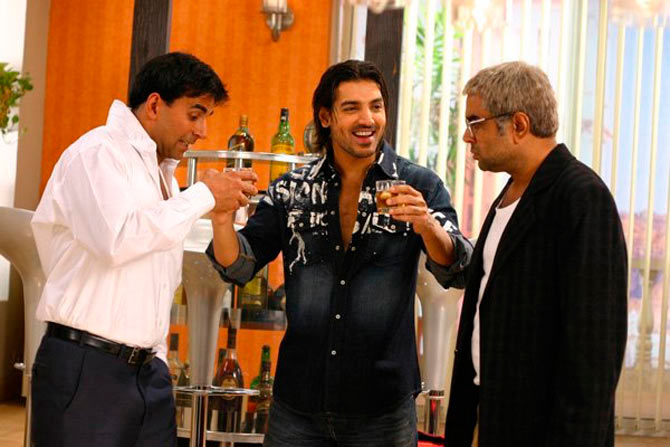
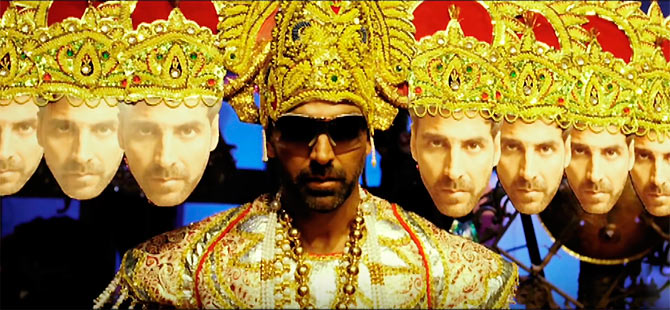
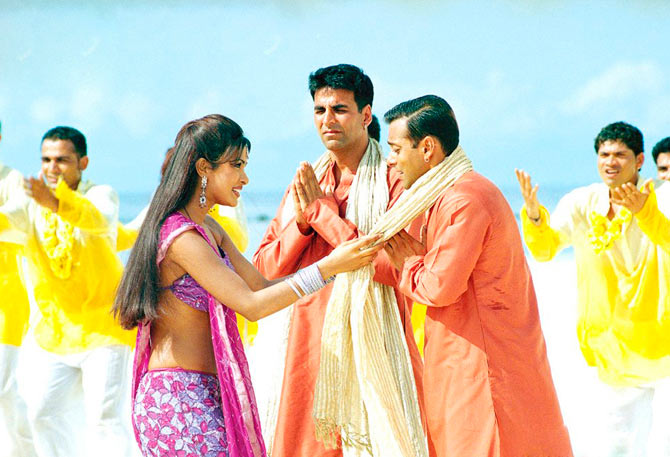
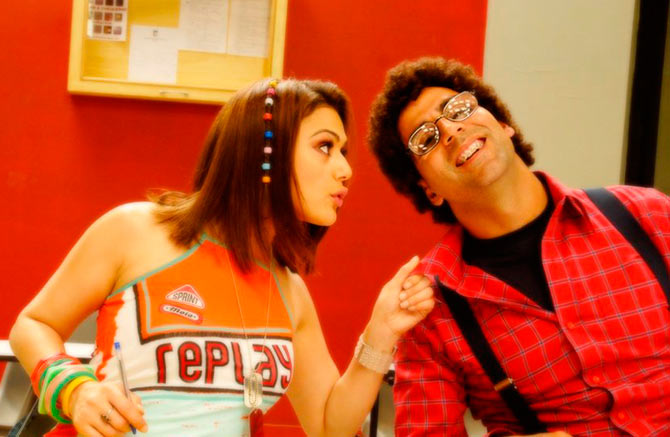
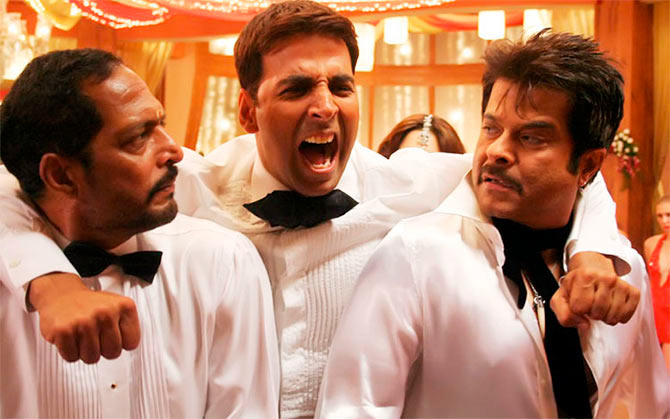
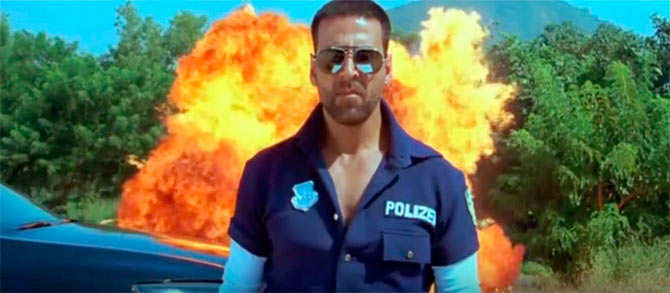


































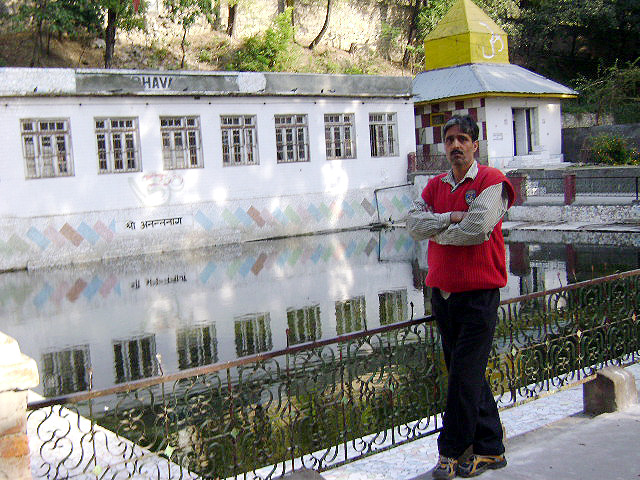
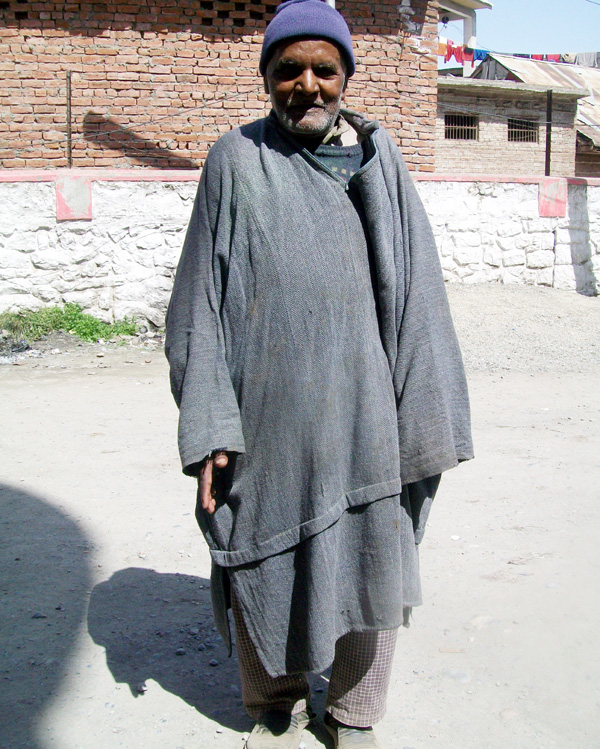
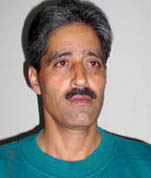 *Born
on 20th March, 1960 in Murran a village in North Kashmir, Chander M.
Bhat is presently working as an Assistant Supdt. Posts, in Department of
Posts, Govt. of India. His articles regarding Posts and of
non-political nature stand widely published in various papers and
magazines of the country. A booklet 'How to Collect Stamps" published by
the Department of Posts, has earned him genuine accolades. He worked on
the project of tracing the roots of his co-villagers and of the village
Murran, resulting into the culmination of a widely acclaimed book
"Murran -My Village". Man with depth, Chander M. Bhat has also another
book, "Ocean by Drops" (collection of poems) in his vase having colorful
poems. His book "Ancient History of Jammu and Kashmir", confirms his
researching capability. Various research papers like "The Splendor that
is Amarnath" and "Vitasta" The Sacred River of Kashmir" are valuable
additions to his works that has proved very fruitful and guiding force
in the exile period of Kashmiri Pandits community of which the author is
also a member.
*Born
on 20th March, 1960 in Murran a village in North Kashmir, Chander M.
Bhat is presently working as an Assistant Supdt. Posts, in Department of
Posts, Govt. of India. His articles regarding Posts and of
non-political nature stand widely published in various papers and
magazines of the country. A booklet 'How to Collect Stamps" published by
the Department of Posts, has earned him genuine accolades. He worked on
the project of tracing the roots of his co-villagers and of the village
Murran, resulting into the culmination of a widely acclaimed book
"Murran -My Village". Man with depth, Chander M. Bhat has also another
book, "Ocean by Drops" (collection of poems) in his vase having colorful
poems. His book "Ancient History of Jammu and Kashmir", confirms his
researching capability. Various research papers like "The Splendor that
is Amarnath" and "Vitasta" The Sacred River of Kashmir" are valuable
additions to his works that has proved very fruitful and guiding force
in the exile period of Kashmiri Pandits community of which the author is
also a member.